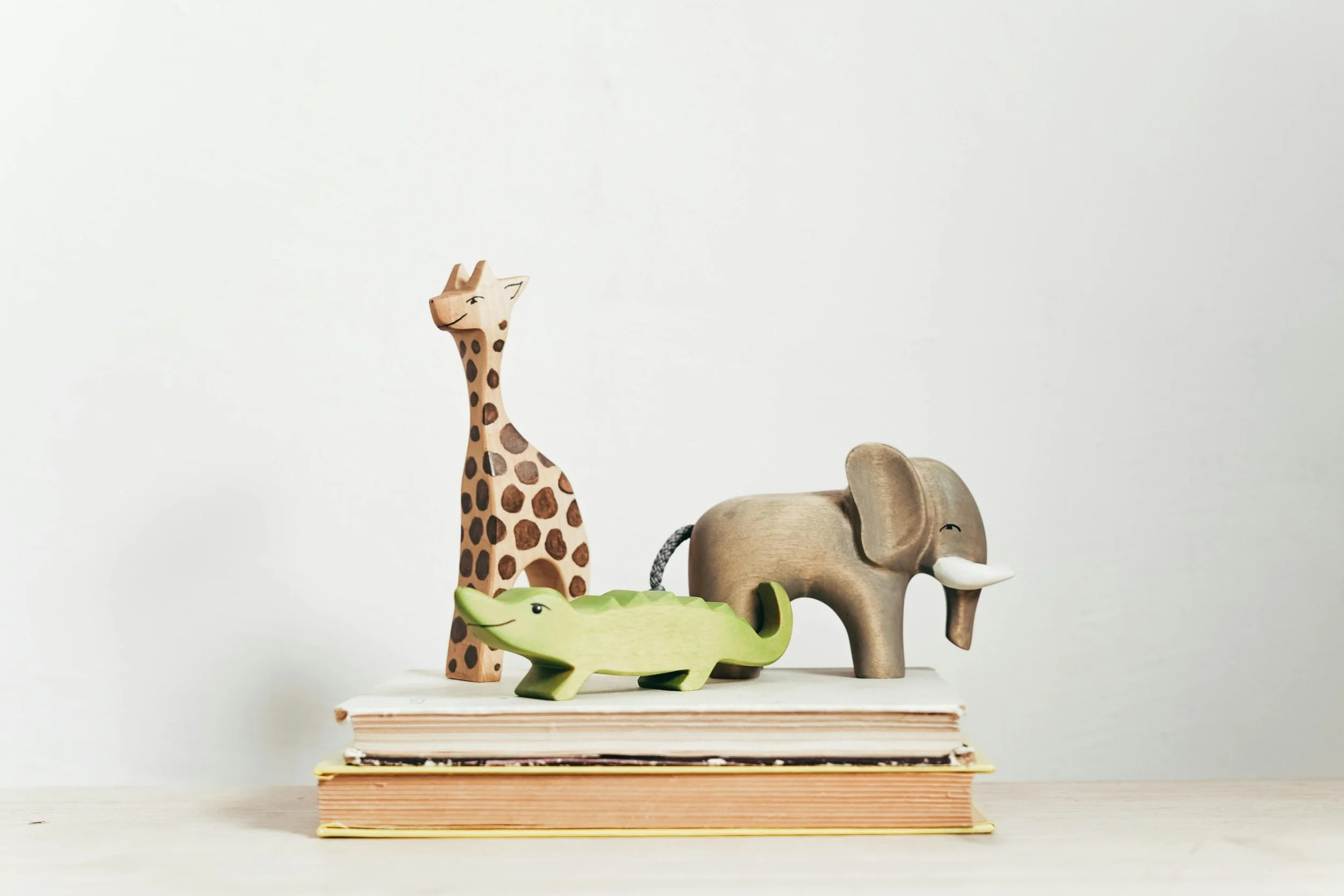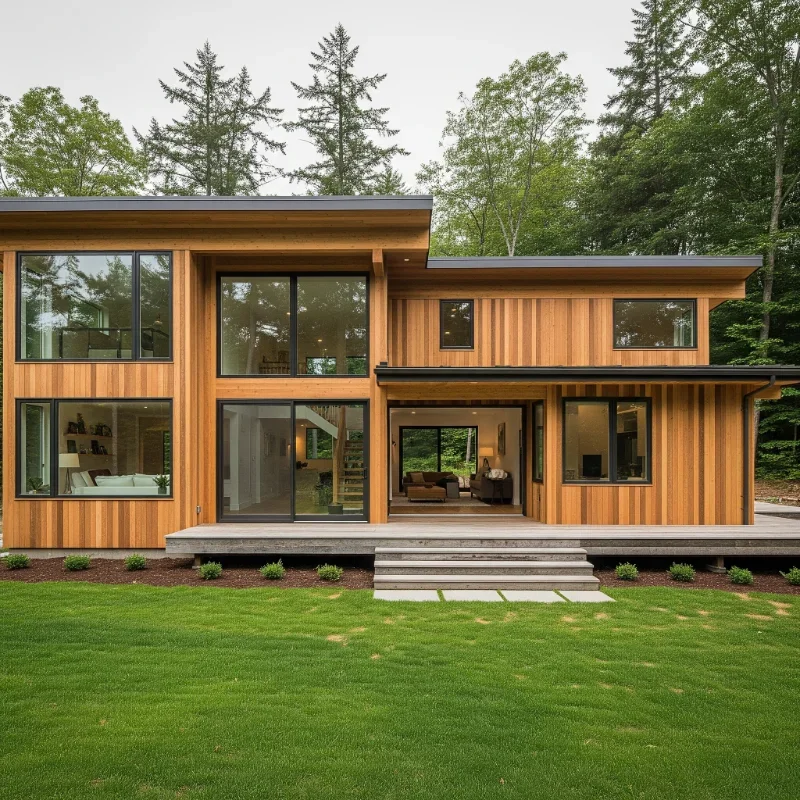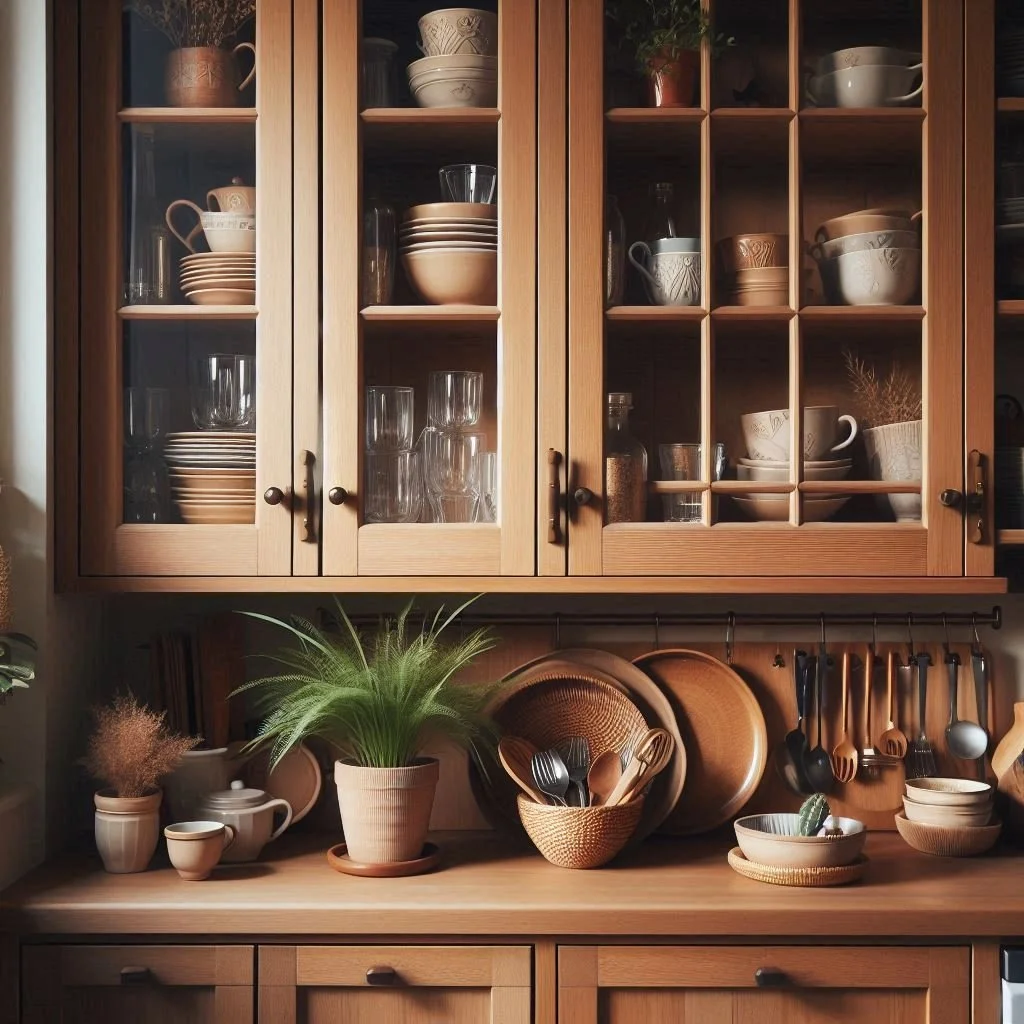How to Get that Modern Look While Still Using Wood
Learn how to achieve a sleek modern aesthetic while embracing the warmth and texture of wood in your home design.
In the realm of contemporary interior design, there exists a fascinating paradox: while sleek metals, glass, and synthetic materials have become synonymous with modernity, wood—humanity's oldest building material—remains an irreplaceable element in creating truly sophisticated spaces. The challenge for today's homeowners and designers isn't about choosing between modern aesthetics and natural materials, but rather understanding how to harmoniously integrate wood into contemporary design schemes. This marriage of warmth and minimalism, tradition and innovation, creates spaces that feel both cutting-edge and timeless.
The Enduring Appeal of Wood in Modern Design
Modern design often emphasizes clean lines, open spaces, and a certain coolness that can, when taken to extremes, feel somewhat sterile.
Empire Lumber in Waterloo NY, states,“Wood serves as the perfect counterbalance, bringing warmth, texture, and a connection to nature that few other materials can provide. The key to achieving a modern look with wood lies not in abandoning this versatile material, but in reimagining how we use it.”
Contemporary designers understand that wood needn't be relegated to traditional applications or rustic aesthetics. When thoughtfully integrated, wood can enhance the most avant-garde interiors, creating visual interest and emotional resonance. The natural variations in grain patterns provide organic complexity within minimalist frameworks, while the material's inherent warmth softens the sometimes harsh lines of modern architecture.
Selecting the Right Woods for Modern Spaces
The first step in creating a modern wood aesthetic is selecting appropriate species and finishes. Lighter woods like ash, maple, white oak, and birch naturally lend themselves to contemporary spaces. Their subtle grain patterns and bright tones create an airy feel that aligns perfectly with modern design principles. These woods reflect light beautifully and pair well with the neutral palettes often found in contemporary interiors.
For those seeking a more dramatic look, walnut offers rich chocolate tones that create striking contrast in modern spaces. Its deep coloration makes architectural elements and furniture pieces appear more sculptural, turning functional items into artistic statements. Meanwhile, exotic woods like zebra wood or tiger wood can be used sparingly as accent pieces, bringing visual intrigue without overwhelming the space.
The finish applied to wood dramatically impacts its appearance and integration into modern design. Matte finishes that emphasize the natural character of the wood rather than creating a high-gloss surface tend to feel more contemporary. Oil-rubbed finishes that penetrate the wood rather than sitting atop it preserve the tactile quality that makes wood so appealing.
Architectural Applications: Structural Elements and Surfaces
Perhaps the most impactful way to incorporate wood into modern interiors is through architectural elements. Exposed wooden beams, when paired with white walls and concrete floors, create a compelling visual dialogue between natural and industrial materials. This contrast emphasizes the unique properties of each material while creating a balanced overall aesthetic.
Wood paneling, reimagined for contemporary spaces, has made a significant comeback. Unlike the dark, heavy paneling of mid-century basements, modern wood walls feature wider planks, lighter finishes, and often incorporate intentional gaps or varied depths to create textural interest. Installing wood planks horizontally rather than vertically can visually expand a space, while geometric patterns or alternating grain directions transform walls into artistic features.
Flooring presents another opportunity to incorporate wood into modern interiors. Wide-plank floors with minimal knots and color variation create a clean foundation for contemporary furniture. For the truly adventurous, geometric parquet patterns can be reimagined with monochromatic woods for a subtle yet sophisticated floor treatment that honors traditional craftsmanship while feeling decidedly modern.
Furniture: Form and Function
Modern wooden furniture often celebrates the inherent properties of the material while pushing boundaries in form and function. The mid-century modern movement—which continues to influence contemporary design—established principles that remain relevant: clean lines, organic curves, and an emphasis on showing the true nature of materials.
When selecting wooden furniture for modern interiors, look for pieces that embody material honesty—designs that celebrate rather than disguise the wood's natural characteristics. Furniture that combines wood with metal, glass, or upholstery creates interesting juxtapositions that feel intentional and contemporary. A walnut dining table with steel hairpin legs, for instance, honors both industrial design and natural materials.
Avoid heavily carved or ornate wooden furniture that references specific historical periods. Instead, choose pieces with subtle details that highlight craftsmanship without overwhelming visual simplicity. The grain pattern of the wood itself should be treated as a design element—selecting and positioning cuts to showcase particularly beautiful figuring.
Innovative Treatments and Techniques
Modern wood design often employs innovative treatments that transform this traditional material. Charred wood, or shou sugi ban, is a Japanese technique gaining popularity in contemporary interiors. The controlled burning of wood surfaces creates a deep black finish with enhanced durability and a distinctive texture that adds dramatic contrast to modern spaces.
CNC-milled wood panels allow for precisely created patterns and textures that would be impossible to achieve by hand. These technologically advanced treatments can create three-dimensional surfaces that interact with light in fascinating ways, turning wooden walls into dynamic elements that change appearance throughout the day as natural light shifts.
Bleached woods offer another contemporary approach, removing color variation to create pale, uniform surfaces that align perfectly with minimalist aesthetics. This treatment allows the textural aspects of wood to remain while neutralizing its color, making it easier to incorporate into monochromatic design schemes.
Complementary Materials and Thoughtful Contrast
The modern use of wood excels when paired thoughtfully with complementary materials. Glass provides transparency that contrasts beautifully with wood's opacity, creating visual lightness. Concrete offers cool, industrial energy that balances wood's natural warmth. Metals introduce reflective qualities and structural precision that highlight wood's organic variability.
Consider using wood as just one element in a carefully curated palette of materials. A kitchen might combine wood cabinetry with matte black hardware, marble countertops, and stainless steel appliances—each material serving a specific functional and aesthetic purpose while contributing to a cohesive whole.
Sustainability and Modern Wood Design
Today's approach to wood in design must acknowledge environmental concerns. Specify FSC-certified woods, reclaimed materials, or rapidly renewable species like bamboo. The modern aesthetic often aligns naturally with sustainable practices—using wood thoughtfully and sparingly, celebrating its natural beauty rather than processing it heavily.
The enduring appeal of incorporating wood into contemporary design lies not just in its aesthetic versatility but in its connection to our collective human experience. As we increasingly live in technology-dominated environments, wood grounds us, connecting modern spaces to the natural world and to craftsmanship traditions that span human history. By thoughtfully reimagining how we use this timeless material, we create interiors that feel simultaneously innovative and timeless—thoroughly modern spaces with soul.










